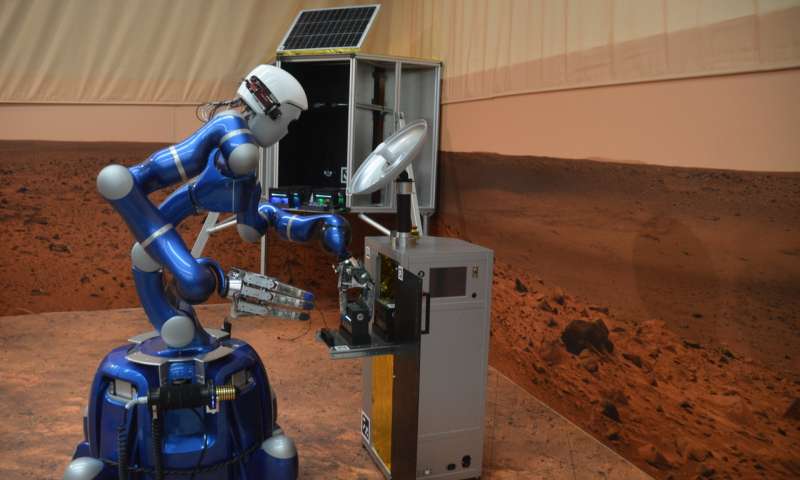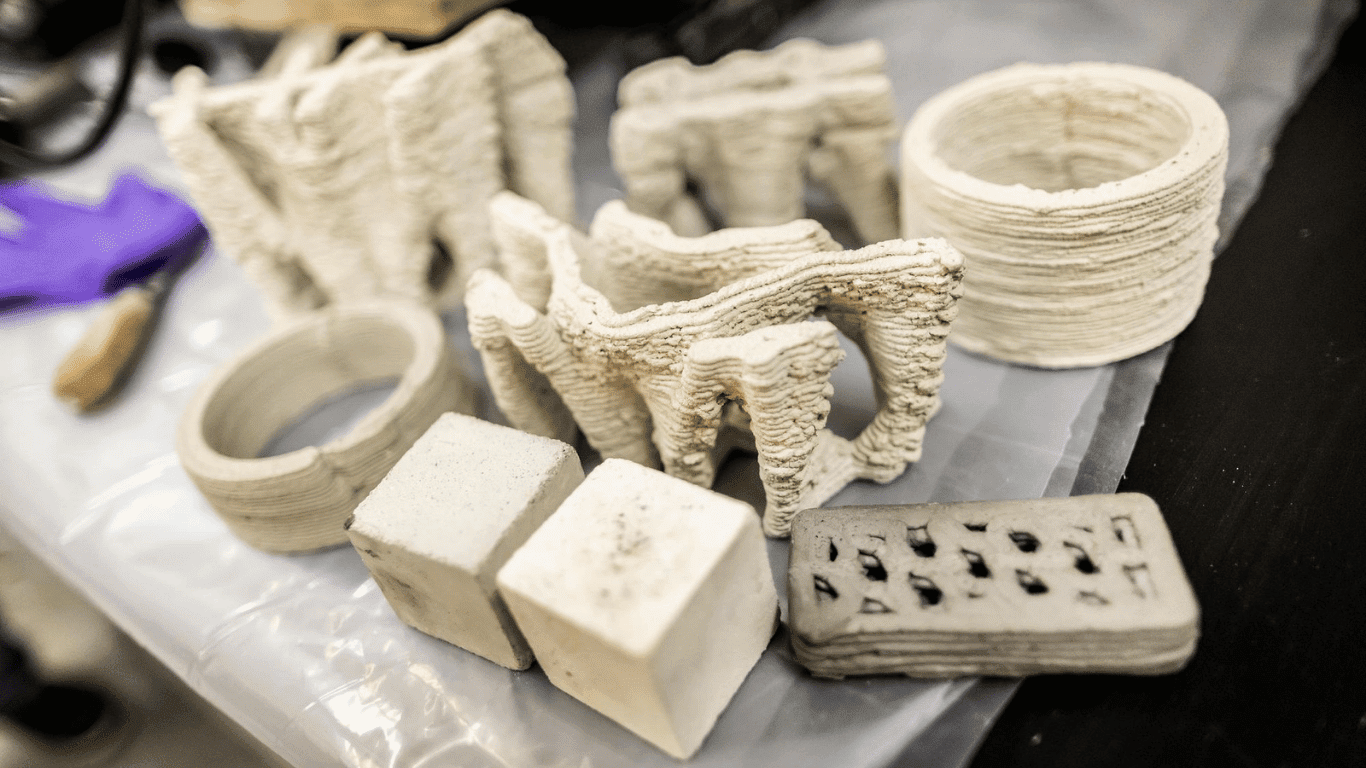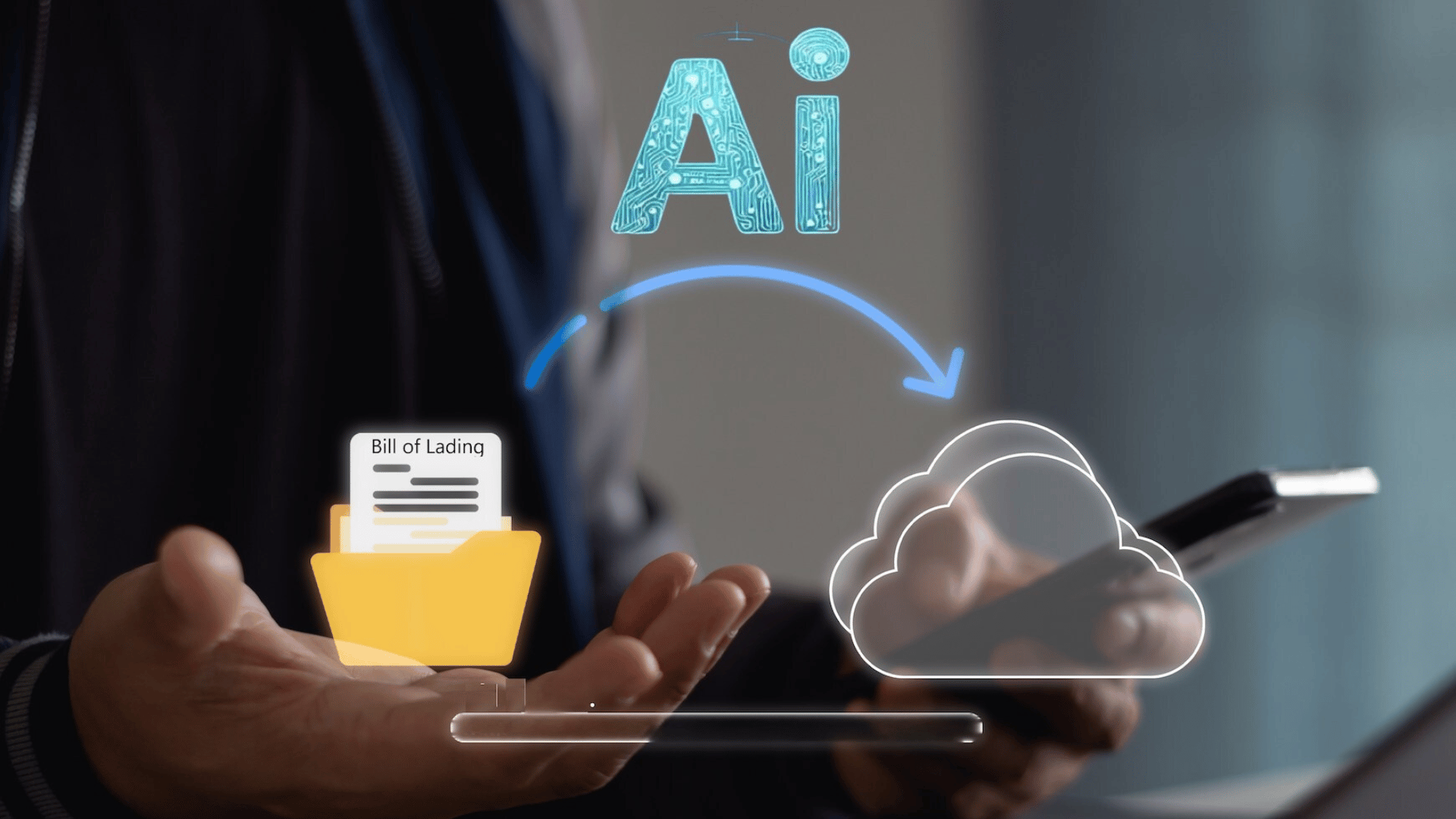If–maybe when–humans finally begin to build colonies on Mars, there’s going to be a slight problem. Obviously, the red planet is empty and devoid of any settlements, and the first inhabitants will need someplace to stay. This only begs the question: who’s going to build it?
One possible answer? A six-foot-tall robot named Justin.

Also known as “Rollin’ Justin,” the humanoid bot was built by the German Aerospace Center (DLR). Thanks to his four fingers and set of wheels, he’s able to complete basic household tasks like brew coffee and dance like John Travolta. His AI is also remarkably advanced and doesn’t require supervision. If Justin is left to his own devices either willingly or due to a communication cut, he’ll keep working at the task at hand.
On the official website, the DLR describes Justin as “an ideal platform for research into sensitive, ambidextrous manipulation. The mobile base allows operation over a long range… Unstructured, variable and dynamic environments require the robot to act independently and without human support.” He’s not quite autonomous, but he’s also not completely reliant on human commands.
On the topic of humans, while Justin has a humanoid shape, he’s still distinctly robotic with his blue-and-white color scheme. This makes him less “uncanny valley” and friendlier and more approachable, which suits a bot designed for household work. He’s also cleared to work around humans safely, with his “multiple actuated degrees of freedom.” This gives him an element of flexibility, too.
As for Justin’s duties on Mars, he’s currently working on being able to repair satellites. Using teleoperation systems, a person on Earth goes through the actions of fixing the satellite, with Justin mimicking and repeating the movements in real-time. More complex tasks like these will require teleoperation, rather than allowing Justin to work on his own. Furthermore, these tests have only been done on Earth with the human operator nearby. Still, if the tests prove successful, Justin may be visiting space sooner than later.

Space is Justin’s biggest obstacle, as it is for most robots. Any kind of machinery, be it robotic or even a 3D printed house, is more likely to break down in a Martian environment. They are built to withstand Earth’s climate and atmosphere, after all. And when breakdowns occur, more resources and machines are required to make repairs. It’s a costly and worrying drawback that scientists are still working to overcome.
Still, Justin is proving up to the task. Earlier in 2018, Justin underwent a series of test to see how he could handle making repairs to solar panels on a mockup of Mars’ surface. The catch? His operator was working from the International Space Station, hundreds of miles above the Earth. It was Justin’s third time having an orbital operator. According to Neal Lii, Principal Investigator of the project, “rather than commanding every joint and every movement of the robot, which demands a high mental workload from the human, we rely on the robot’s intelligence to carry out small task packages as commanded by the ISS crew.” He told Phys.org that the goal is to “demonstrate robots as genuine co-workers.”
It’s still not quite space travel, but it’s a step in the right direction. Justin shows a great deal of promise, both in complex tasks caring for the colony to being a friend to the people who settle there. He’s not exactly a stellar conversationalist, but he’s rolling proof that robots and humans can co-exist without becoming a threat to the other’s livelihood.
And then, after a long workday, they can unwind with a friendly game of catch. Who says robots can’t have fun?
Influence the future and follow our World of Innovation.







